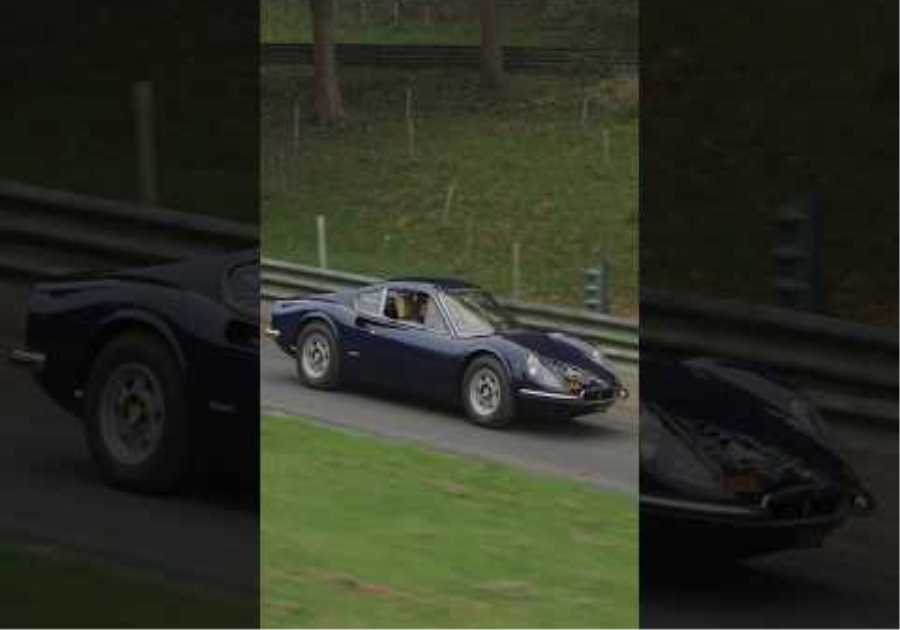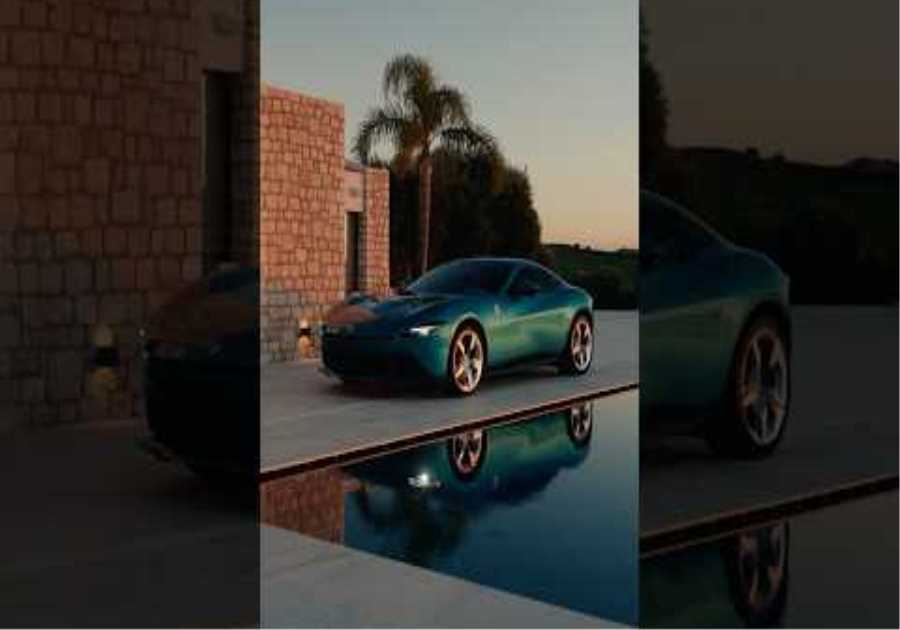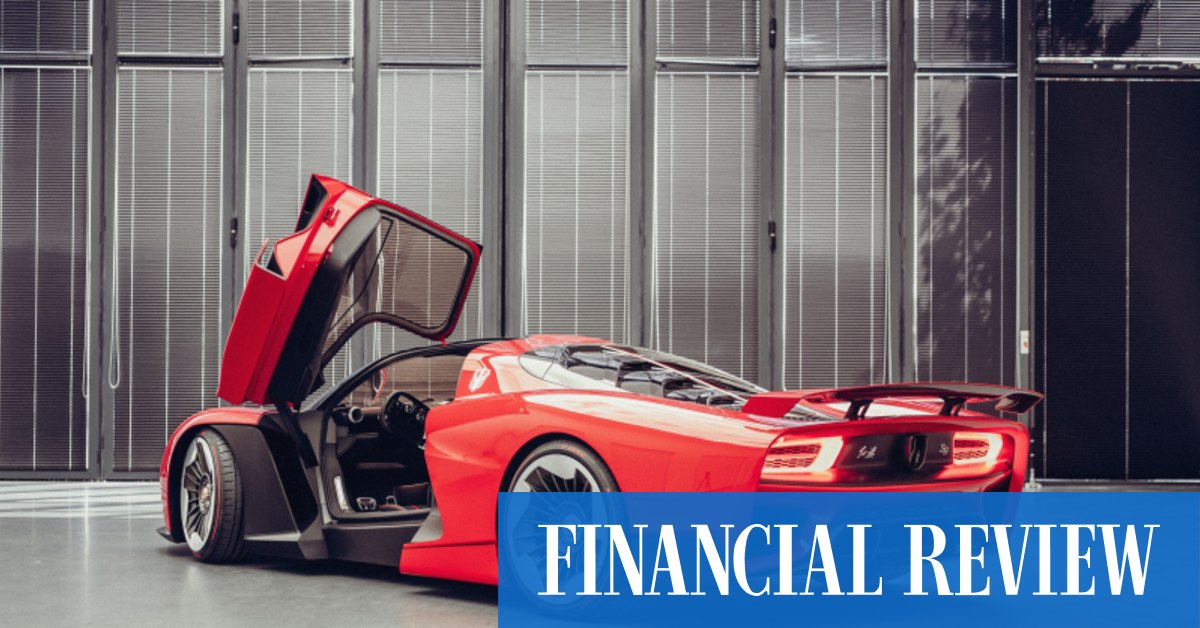
Most start-up hypercars use electric powertrains because they make it much easier to get the acceleration you need while complying with stricter emissions regulations. On the other hand, many buyers are taking what they consider to be the last chance to enjoy the tourbillon-like complexity and tactile driving experience of traditional high-revving, high-performance piston engines.
Lotus, Pininfarina and Rimac have announced hypercars that are purely battery-operated (the Evija, Battista and Nevera, respectively). The Rimac recently set a new production car record for acceleration. On a US drag strip, the coupé built in Croatia covered the standing quarter mile (402 meters) in just 8.58 seconds and crossed the finish line at almost 270 km / h.
Even then, it took 2.1 seconds to reach 100 km / h, which raised doubts as to how many of the new breeds will really break the two-second mark as claimed for the Hongqi and a few others.
The Lamborghini 2021 Countach is a hybrid with super capacitor drive.
The fastest cars from Ferrari, Lamborghini, McLaren, Aston Martin (with its Valkyrie Coupé and the recently introduced Spider) and the Swedish manufacturer Koenigsegg have so far had gasoline-electric hybrid drives with relatively small batteries (or in the case of the Lamborghini Sián and reborn Countach, a super capacitor) . This allows them to combine the instant torque of electricity with the lighter weight of a conventional powertrain. Mercedes-AMG has adapted its hybrid F1 powertrain to its one hypercar.
Some new hypercars still get by with pure gasoline engines. These include Bugatti with its spectacular new Bolide racing car and Divo road vehicle. Both have eight liters and 16 cylinders.
The Italian brand Pagani, the US brand Hennessey and the Australian Brabham, who is promising a tram for its route-oriented BT62 this year, also do without electrical amplification. Then there is the most eccentric offer of all, the GMA T.50.
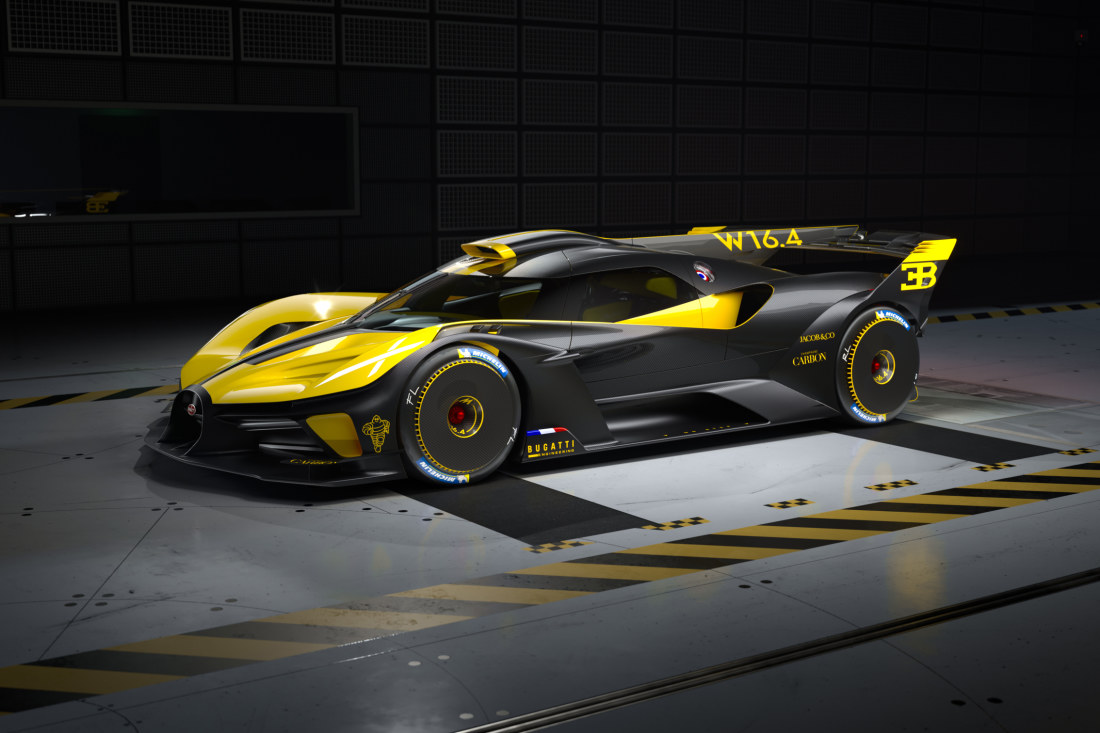
The Bugatti bolide that goes into series production.
It is an attempt by former McLaren and Brabham Formula 1 designer Gordon Murray to develop one last “analog” hypercar. Murray designed the now legendary three-seater McLaren F1 road car in the 1990s and sees it as a further development. It weighs only 986 kilograms, compared to 2.2 tons for the electric Pininfarina Battista.
Murray has commissioned an all-new V12 from Cosworth, despite planning to make just 100 street cars and 25 racetrack derivatives. And as further evidence that the market is in bad shape, the street cars sold out for about $ 4.4 million apiece, plus taxes and other charges, within 48 hours of their announcement.
When hypercars are a hit, they increase profits tremendously. Ferrari has generated billions from limited, extremely powerful models. The ultra-expensive McLaren P1 and Speedtail were sold out almost immediately. But the Elva streamliner from the same company had problems and the production figures had to be drastically reduced, which undoubtedly led to losses.
And think of Bugatti, for many the largest hypercar manufacturer since the relaunch of the Volkswagen Group in 2005 as a manufacturer of 16-cylinder coupés with a plus of 400 km / h.
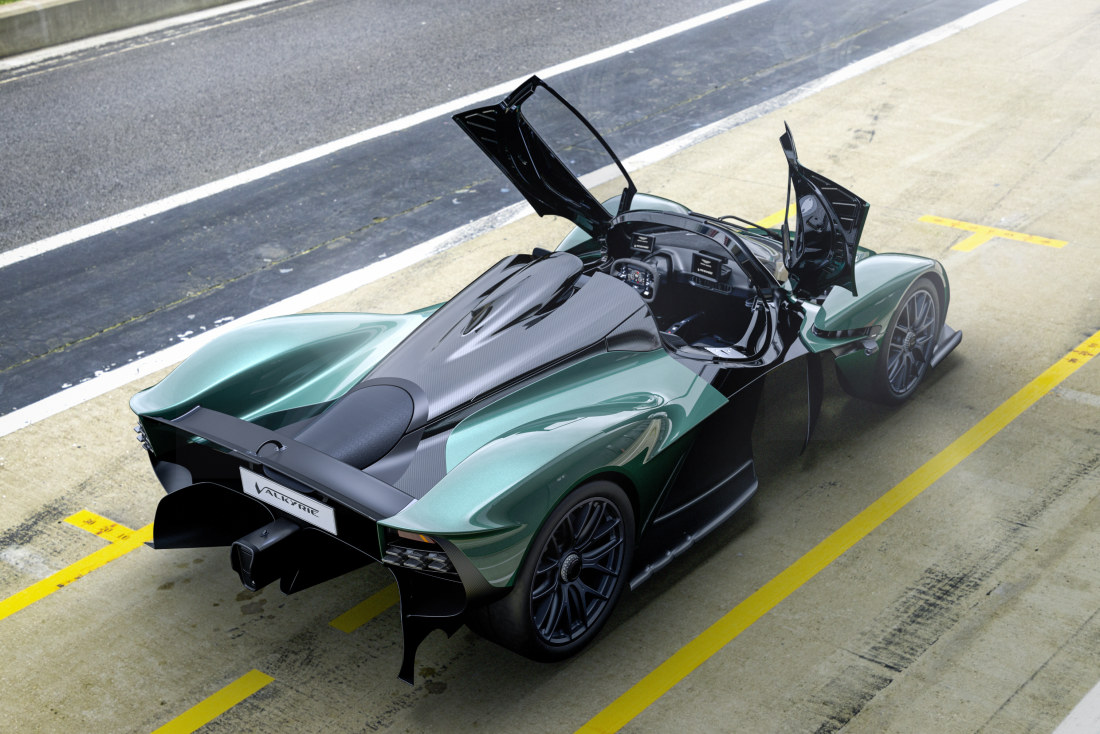
The Aston Martin Valkyrie Spider uses a gasoline-electric hybrid drive.
Yes, new Bugattis are selling for staggering sums of money, but VW reportedly invested nearly $ 4 billion in the brand’s establishment and research and development. Only about 800 cars were sold, which is about $ 5 million in fixed costs for each car, before that car is built, marketed, sold (with dealers making a cut), and backed up with warranty.
Various estimates have shown that the company lost between $ 7 million and $ 8 million for each unit relocated. That is one of the reasons why the VW group Bugatti has merged with Rimac, which it partly owns through Porsche. The Croatian company will develop next generation electric drives for both brands in order to reduce costs and meet the zero emissions demanded by some markets by the end of the decade.
In the meantime, if you think that buying a hypercar could offer you a nice nest egg, make sure you pick the right one.
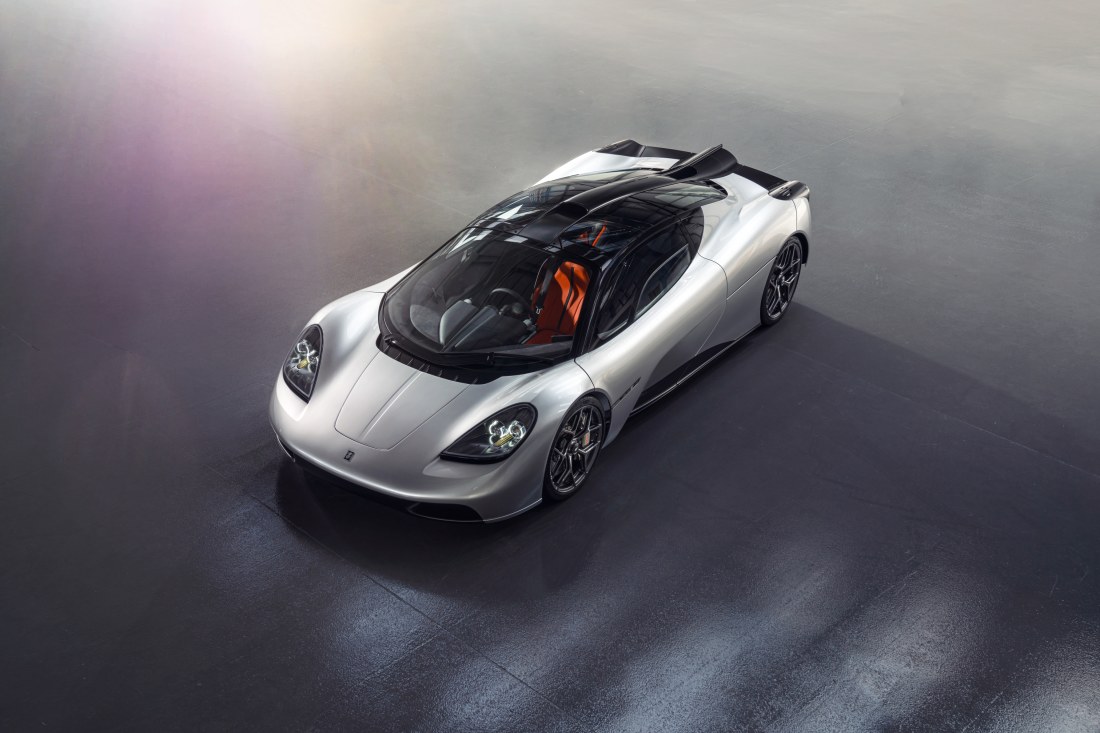
The GMA T.50 is the most eccentric offering of all.
In the early 1990s, McLaren and Jaguar were battling it out for the world’s fastest and most sought-after supercar (the word hypercar hadn’t caught on yet). Their respective F1 and XJ220 models had tremendous power and were way more expensive than anything at the time. The McLaren started at £ 540,000 and the Jaguar started at £ 470,000.
At last month’s Monterey Car Week auctions in the US, a copy of the McLaren sold for $ 20.5 million, while a Jaguar XJ220 in equally pristine condition was only $ 472,500 (or about a third less than its original price) ) achieved without inflation adjustment and without taking into account three decades of insurance, maintenance and storage).
With so many hypercars to choose from in 2021, and technology advancing faster than ever, today’s crop heroes and zeros will be even harder to find.
The post Hongqi S9 Coupé, Lamborghini Countach, Lotus Evija in the rush of hypercars first appeared on monter-une-startup.


